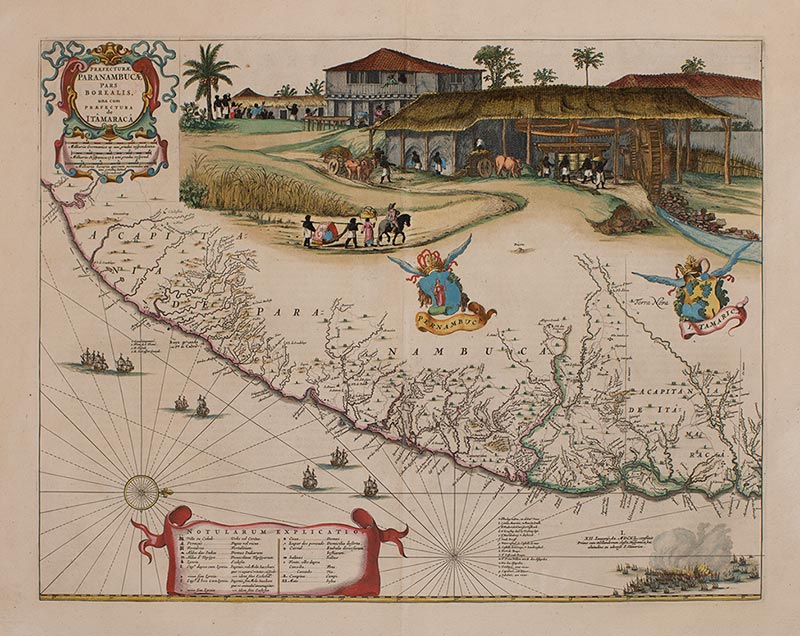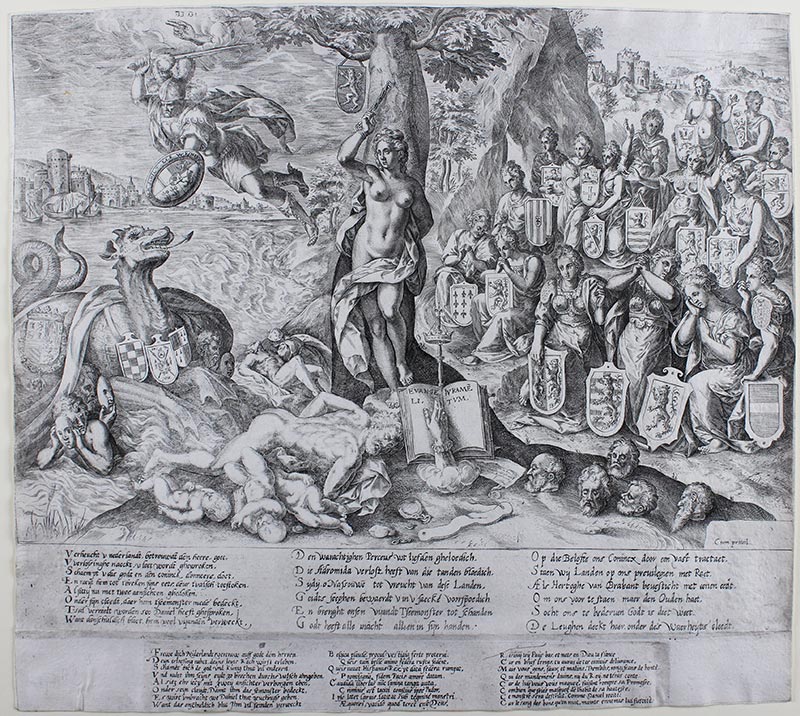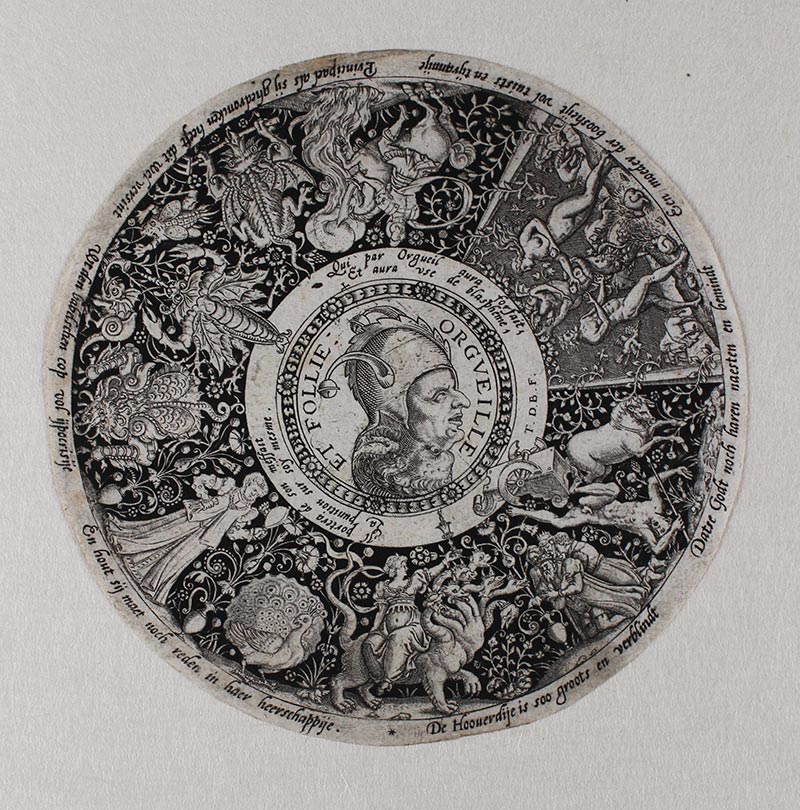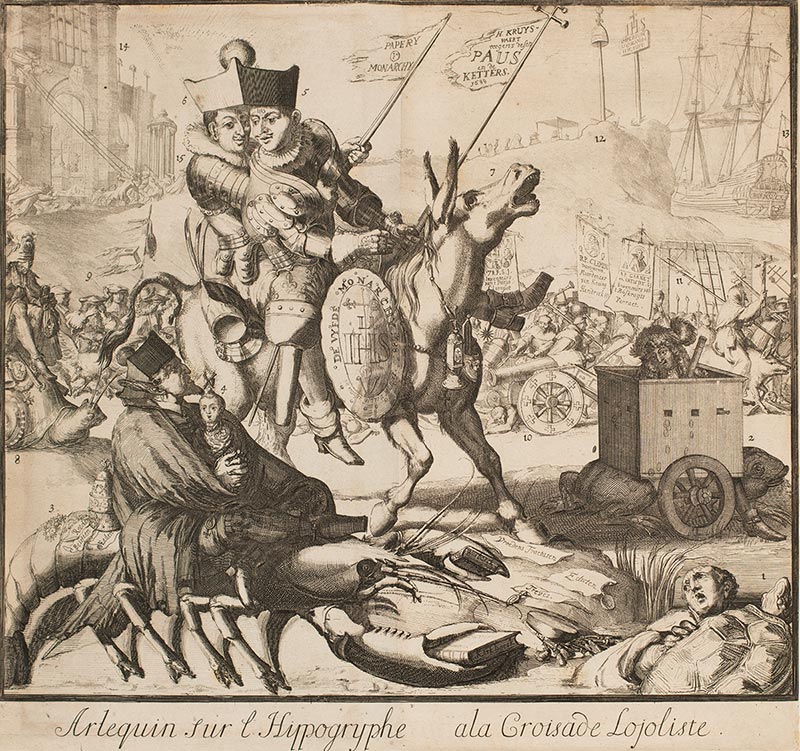Fake News & Lying Pictures: Krannert Art Museum's Extensive Collection of Dutch Prints Reveals a History of Creative Liars


By JACQUELINE LEWIS
Political cartoons and memes and misinformation are not modern inventions. Though fake news and political satire seems like a product of today’s fraught newscycle, this type of media is grounded in the 17th-century Dutch Republic, and you can witness the proof this fall, when Krannert Art Museum explores these themes through their collection of Dutch Political Prints in Fake News & Lying Pictures: Political Prints in the Dutch Republic, an exhibition highlighting the visual strategies that early modern printmakers used to record historical events as well as comment on political leaders and policies, artistically executing sometimes subversive strategies to form general consensus as well as action.

The exhibition displays over 100 prints and illustrated books, each full of allegories, satires, cartoon strips, maps, portraits, and newsprints from Krannert’s collection as well as national and international loans. The prints in particular depict scenes of Dutch naval power, trade, crime, war, and even the relative independence of their women. Laid out in six distinct sections, the exhibition explores the continuity and development of tactics and themes used to picture political beliefs and events, including: Dutch Lions and Other Political Animals (animal satire); Founding Fathers/Fallen Fathers (murdered politicians); Spoils of the Seas (Dutch East and West India Companies, seafaring, naval warfare) and more.

The Dutch Republic, with its increasingly diverse ideas stemming from the flow of refugees and global trade, cultivated the perfect climate for this rise in political imagery. The decentralization of the United Provinces led to an inability to censor media and chronic infighting amongst various groups. Differing opinions and unprecedented artistic freedom led to this new form of expression, and as a result printmakers subverted artistic conventions from the past to create imagery full of puns and visual humor that utilized satire and parody to inform their viewers and lead them to take action. This highly visual form of media meant that even those who were illiterate could remain informed about current events and criticisms through the prints.
After recently acquiring over 100 new pieces, Krannert Art Museum holds one of the best collections of Dutch political prints outside Europe, works which are primarily held in private collections or libraries. Krannert’s public exhibition of a wealth of visual political commentary allows us to observe how the past may still influence how we see our present.
#
Krannert Art Museum, University of Illinois, Champaign, IL
Exhibition on view thru December 17, 2022







